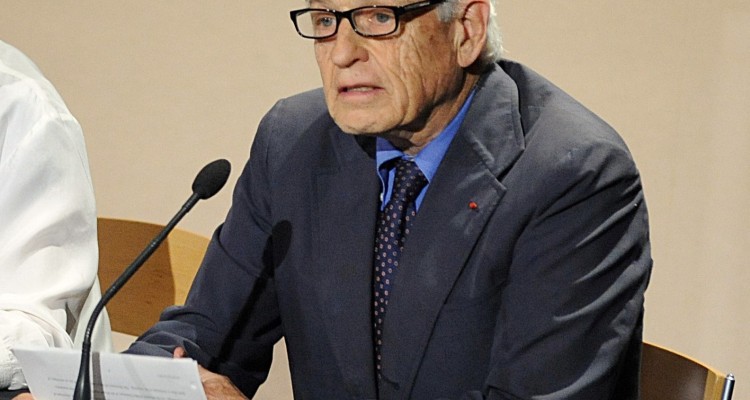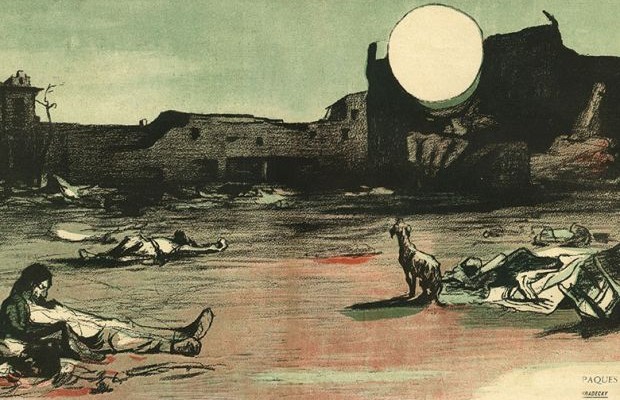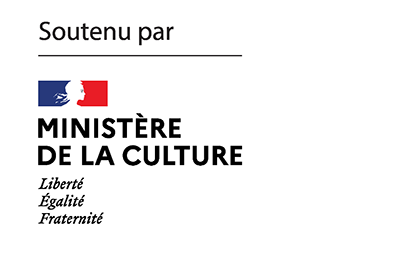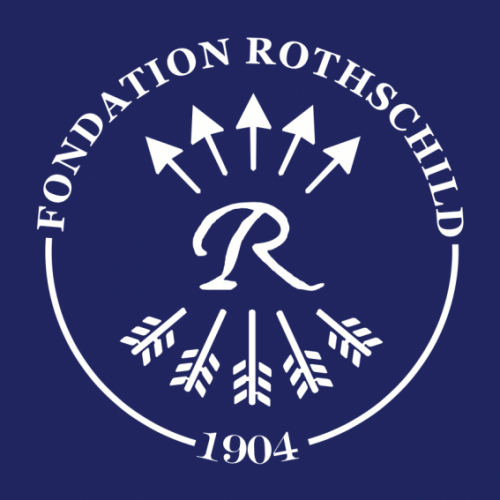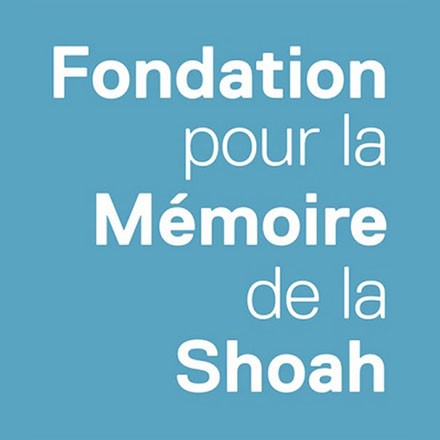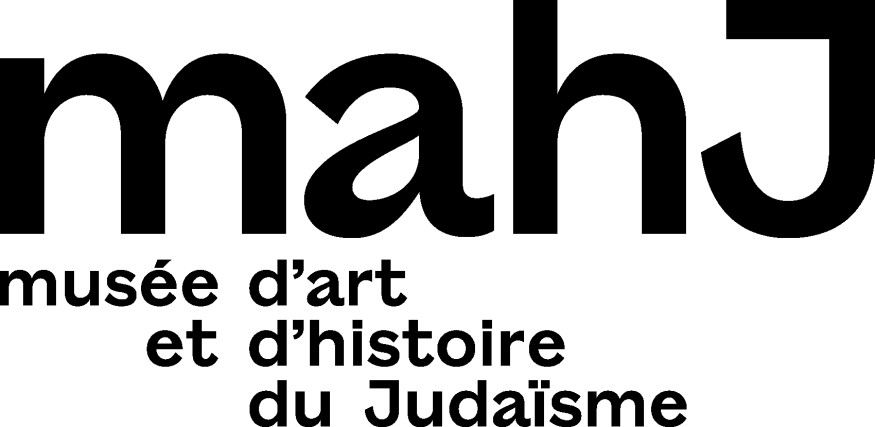A few days before the first round of the French presidential election, the far right, all votes combined, is approaching 35% according to the polls. France is now used to seeing a far-right candidate from the Le Pen family reach the second round of the presidential election. But this time the “republican barrage” vote of reason, on which President Jacques Chirac in 2002, and to a lesser extent President Emmanuel Macron in 2017, could still massively count on, seems less certain: pollsters predict an extremely close second round. This situation is not only due to lassitude, nor even to the reluctance of left-wing or working-class voters to vote for a candidate who has not responded in any way to the large-scale social crises of the last five years. A pure protest vote fed by all the frustrations is then to be feared. But what weighs on this risk of the second round is also the consequence of a presidential campaign marked from the autumn by the emergence of a new figure who transformed the latent feeling of political powerlessness of a large section of society into open verbal violence against a minority over which coercion, and thus a feeling of newfound power, can be fantasised. This is what Zemmour has done: galvanise, generate the illusion that it is possible to take control of the common political destiny, not in all the domains that count (the economy, social policy, or even Europe remain beyond the reach of this discourse), but only in the immediate and daily neighbourhood, in the face of the minority with whom we cohabit and to whom, if the Zemmourian dream were to become reality, we would finally be able to order what they should and should not do.
Zemmour has made socially acceptable the most basic desires of French society’s homogenisation in the name of France Eternal; it is Zemmour who has pushed the centre-right to take up the watchwords of the extreme right; It is Zemmour who has succeeded in mobilising an electorate for whom even Marine Le Pen was too corrupted by the system, but who will now, where her victory seems possible, certainly take the chance rather than abstain; and it is Zemmour, the Berber Jew with “his kippah in his head”, who has achieved the aberrant feat that French Jews can now imagine voting for a far-right candidate. Without understanding the Zemmour phenomenon, the current situation remains unreadable. It risks perpetuating itself beneath the smooth surface of yet another last-minute victory for the Republican candidate, just as it would if Le Pen won.
It is for this reason that the editorial staff of K., a few days before the first round of the presidential election, is publishing a collective analysis of the political phenomenon that Zemmour is and of the importance of his Jewishness in his success with the so-called “native French”, as well as with a section of French Jews. The slim hope is that the thick veil that has been covering the meaning of politics in French society for years, and which is reflected in the growing rise of the most aggressive nationalism, will be lifted a little.
On this occasion, we are republishing the text that Robert Paxton allowed us to share, in which the great American historian, reviled by Zemmour, returns to the issues at stake in the commissioning of what was to become “Vichy France and the Jews,” and the difficulties encountered during the ten turbulent years of work that were to lead to its production.
Finally, in this week of the anniversary of the Kishinev pogrom – committed on 6 and 7 April 1903 – we are publishing some extracts from the account of Moisei Borisovich Slutskii (1851 – 1934) who was a direct witness, survivor and one of the actors. As a doctor, he was the first to help the victims of the massacre who had retreated to the Kishinev hospital of which he was the director.

